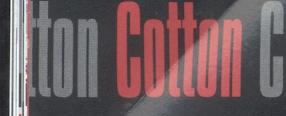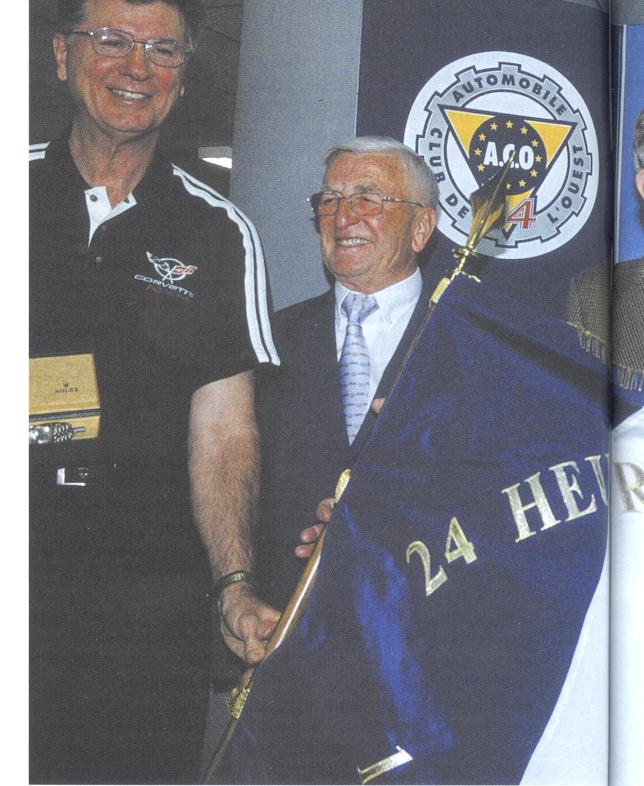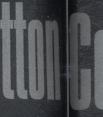The days have long gone since one man, such as W O Bentley or Effore Bugatti, could design a Le Mans winner from scratch. In modern times you need a chassis expert, an aerodynamicist, someone responsible for engine design and development. suspension engineers and so on, and a man such as Singer would be appointed to head the team.
At Porsche they call the team leader the 'project father', which neatly sums up the responsibility for seeing that the car comes out right, at the right time and at the right cost. He has to pull everything together, settle differences of opinion, chase up in areas where things are falling behind, keep on top of quality control, and generally make key decisions throughout the gestation period.
Helmut Flegl, more recently a professor of engineering at Weissach, was the 'father' of the 917, Hans Mezger was in charge of engine design, and Norbert Singer was on the team in 1970 when Richard Attwood and Hans Herrmann drove the 12-cylinder Porsche into the record books.
I got to know Singer better in 1972, when he was put in charge of developing the 911 for competition. The company had been through an upheaval, Dr Ferry Porsche even asking members of his family to look elsewhere for employment. His nephew, Ferdinand Piech, who had inspired the 917 while head of research and development, went away to work for Audi, and the
42
0R01 C0HP1 (011000 (000 C01100 10H0.0(O
race team was redirected to work on production-based projects. Under Singer's guidance the 911 was refined as a useful racing car. The RSR grew a deep spoiler and a rear wing, and the first race cars developed 309 horsepower (it was a standing joke between Singer and me that the power was exactly 309bhp, until the six-cylinder engine got the benefit of slidetype throttle mechanisms and developed 315 horsepower).
The power mattered little, though, because the 911 could never compete against the more nimble 3.0-litre sports prototypes, machines such as the Ferrari 312P, the Matra-Simcas. Alfa Romeo TTs, Gulf-Mirages and the like.
And yet in 1973 Peter Gregg and Hurley Haywood outlasted all the prototypes to win the Daytona 24-Hours driving the Brumos Racing Porsche 911 Carrera RSR (entered as a prototype because it hadn't yet been homologated), and a few weeks later Gijs van Lennep and Herbert Muller won the last-ever Targa Florio in Sicily, in a big-winged Carrera 3.0 RSR competing in the prototype class.
Horses for courses. The racing Porsche 911s could pull off the occasional victory, but Ing Singes sights were set much further ahead, to 1975, when the FIA would overhaul the various categories and establish Group 4, for lightly modified road-going production sports cars, Group 5 for more highly tuned road-going cars, and Group 6 for outright sports cars.
Turbocharging was the key to developing Porsche's six-cylinder engines. Exhaust-driven turbines had massively increased the power of the 12-cylinder 917s so that they dominated Can-Am and Interserie racing (ultimately Mark Donohue's Sunoco Penske Porsche 917-30 developed a genuinely staggering 1200 horsepower).
Hans Mezger produced just such an engine for the 1974 season. the year of the Porsche 911 Carrera Turbo, with Martini livery on the bodywork. It removed the Porsche factory
team into the prototype class, right away from the GT production class which became the domain of customer teams.
The capacity of the engine was reduced to 2142cc, because the FIA would apply a 1.4 multiplication factor for the turbocharged motor, restoring the capacity to 2999cc. Power depended on the amount of boost applied, and was reckoned to be between 450bhp at 1.3 bar boost and 500bhp at 1.5 bar boost. The 911 Carrera Turbo's weight was reduced to 750kg, an incredible figure for a closed-top car of production origin.
In 1974 a 911 Carrera Turbo finished the 24-Hours of Le Mans in second place, behind Henri Pescarolo's Matra-Simca 6708, and there were plenty more good World Championship results to come: second at Watkins Glen, third at Spa, sixth at the Nurburgring, and fifth at Brands Hatch. The reward was third place in the championship, behind Matra and Gulf-Mirage.
The new FIA regulations were (to Second Page)
delayed until 1976, so Porsche virtually took a year off during 1975 to prepare thoroughly. Under Ing Singer's direction the 934 was prepared for the Group 4 category and the 935 for Group 5, while the 936 Group 6 car was a last-minute deal allocated to a completely different team of engineers, employing a tube-frame chassis and the 2142cc turbocharged engine.
All of Porsche's racing engines were now turbocharged, and would remain so up to and including the most recent Le Mans winner, the GT1-98, in 1998. The 935 and 936 raced with each other, the Group 6 machine winning Le Mans in 1976, 1977 and then again in 1981, the Group 5 car in 1979 under the expert management of the Kremer brothers, Erwin and Manfred.
The most famous of all the Porsche 935s was dubbed 'Moby Dick', the voluptuous 935-78 which represented Singer's attack on the boundaries of the Group 5 regulations. The bodywork was lowered, glassfibre panels shroud




August 2J :3 911 & PORSCHE WORLD